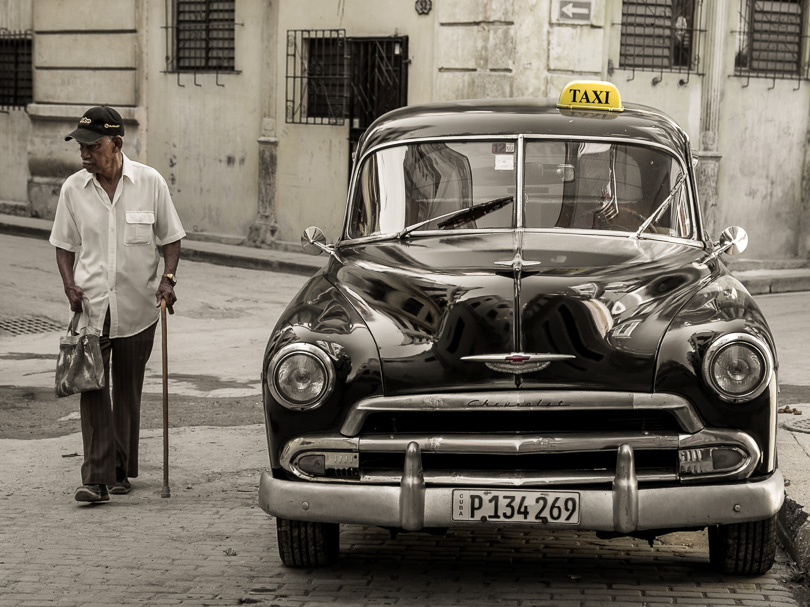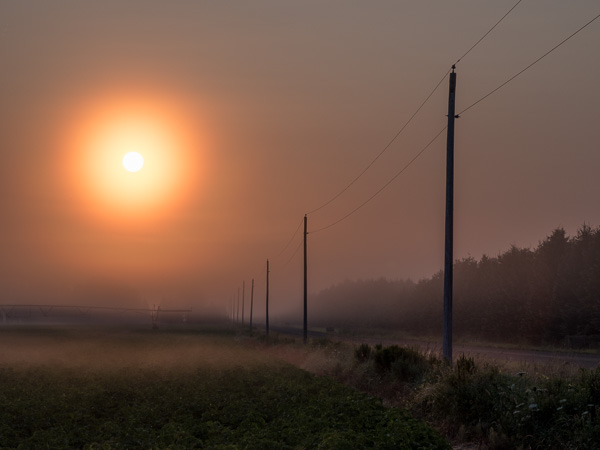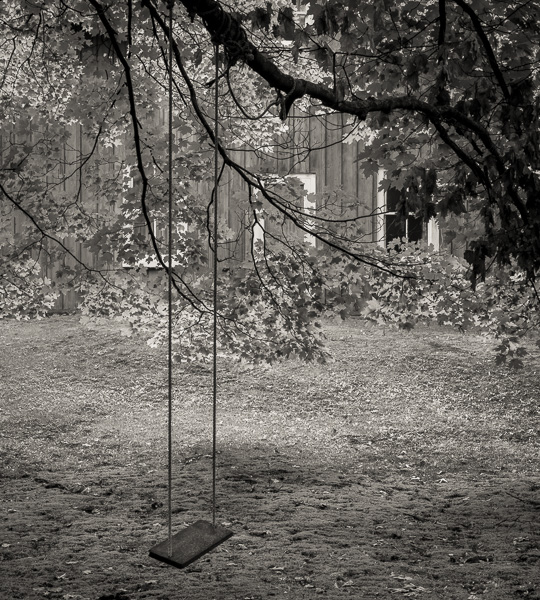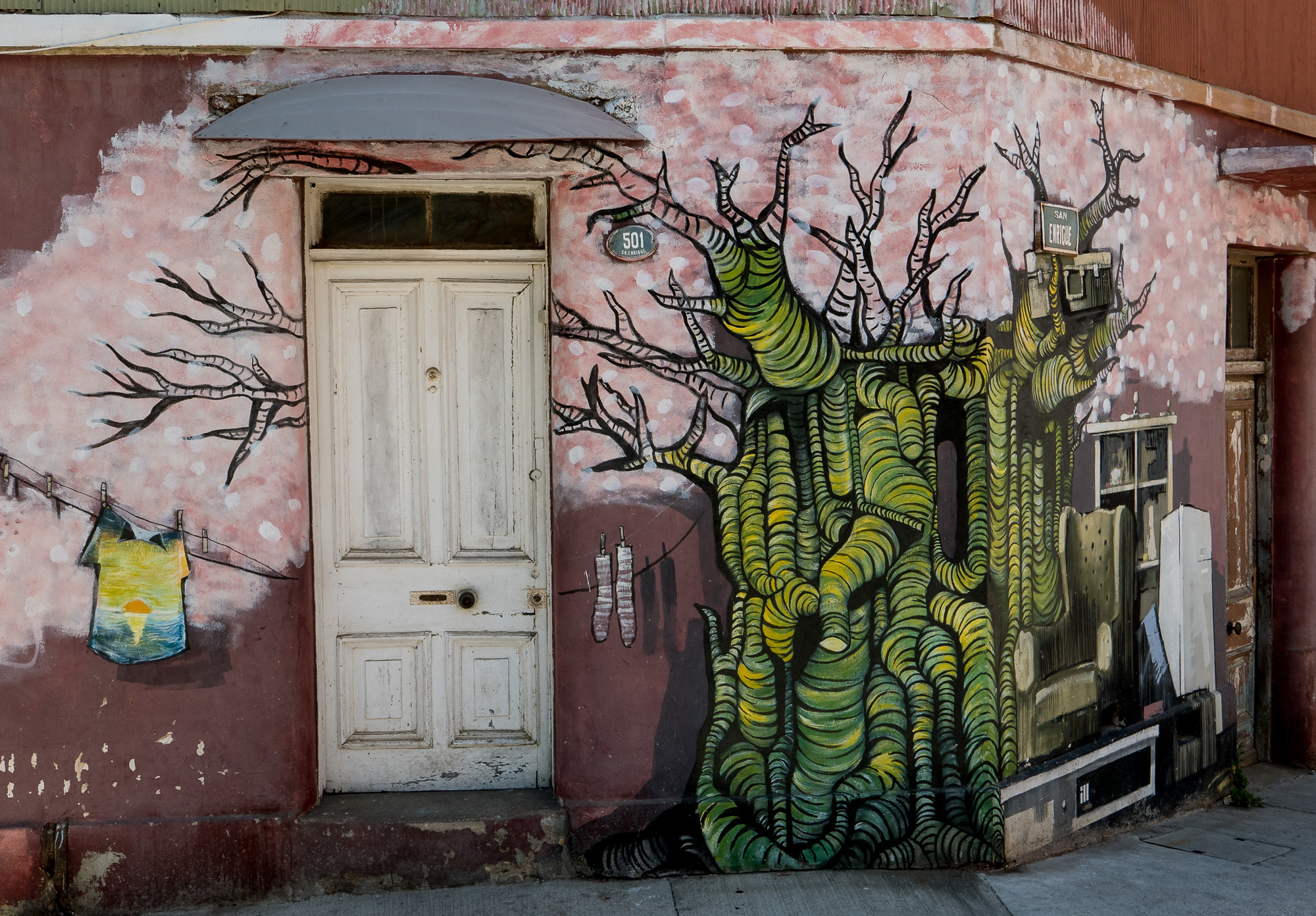If you’ve tried to buy a DJI drone lately, you’ve probably noticed something’s wrong. Popular models are sold out everywhere, the new Mavic 4 Pro isn’t available in the US, and orders are getting stuck in customs for weeks. This is a complex regulatory situation that’s reshaping how American photographers and filmmakers are going to be able to shoot.
Here’s what’s happening, why it matters to your work, and what you can do about it.
What’s Happening Right Now
DJI drones are still legal to own and fly in the United States. If you have a DJI drone sitting on your shelf, you can use it as normal. The problems start when you try to buy a new one.
Since October 2024, US Customs and Border Protection has been holding DJI drone shipments at ports under the Uyghur Forced Labor Prevention Act. This law blocks imports suspected of involving forced labor, and customs officials believe DJI’s supply chain might be connected to China’s Xinjiang region.
DJI strongly denies this, saying all manufacturing happens in Shenzhen and Malaysia, and yet the holds continue.
The result? A supply crisis that’s hitting photographers hard.
DJI’s official US store shows virtually every model as “Sold Out.” The Mini 4 Pro, Air 3S, Mavic 3 series, and even professional models like the Inspire 3 are unavailable through normal channels.
Major retailers like B&H, Adorama, and Best Buy have sporadic inventory that disappears quickly.
DJI chose not to launch the Mavic 4 Pro in the US market at all. It is not even listed on the DJI website if you are in the U.S.
The company obtained FCC approval but decided because of the combination of 170% tariffs, and unpredictable customs enforcement, and regulatory uncertainty made it all too risky to pursue the US market.
The Regulatory Timeline That Matters
December 23, 2025 is the date we should remember. That’s when Section 1709 of the National Defense Authorization Act for FY 2025 creates an automatic trigger that could ban new DJI products entirely.
Here’s how it works: Congress mandated that a federal security agency must review DJI and Autel Robotics within one year of the law’s passage. If no agency completes this review by December 2025, both companies automatically get added to the FCC’s “Covered List” of restricted technology.
Being on the Covered List would prevent DJI from getting authorization for new products, effectively banning them from the US market. Six months into this timeline, NO federal agency has started the review process. : (
What This Means for Your Photography
Professional Impact
If you’re shooting real estate, weddings, or commercial work with DJI equipment, you’re facing some tough decisions. The Mini 4 Pro has been a go-to for real estate photographers because of its size, image quality, and price point around $759. With 170% tariffs now in effect, that same drone could cost $1,639 if available.
For cinematographers using the Inspire 3 or Mavic 3 Pro series, replacement parts and backup units are becoming critical concerns. The Inspire 3, which lists for $16,499, has been backordered since early 2025 due to import delays.
It’s unclear how this will affect the rumored DJI mirrorless camera that’s supposed to be released sometime this summer.
Content Creation Challenges
YouTube creators, Instagram photographers, and social media professionals have built workflows around DJI’s ecosystem. The DJI Fly app, automated flight modes, and seamless editing integration aren’t easily replicated with other brands.
Many content creators are now stockpiling batteries, propellers, and spare parts while they’re still accessible. Others are exploring backup plans with alternative equipment, though no other companies offer the same price-performance ratio.
Educational and Training Impact
Flight schools and Part 107 training programs are still featuring DJI equipment in their curricula.
This is a mess as new pilots train on equipment they may not be able to easily purchase.
Current Workarounds and Their Risks
Buying US Stock
Your best bet right now is finding DJI drones already in US warehouses. Call retailers directly to confirm they have units stateside before ordering. Some smaller camera shops are advertising “USA stock” specifically to attract customers avoiding import delays. Others have had luck going to actual DJI stores in big cities like New York.
Cross-Border Shopping
Some photographers are driving to Canada or Mexico to purchase DJI drones, particularly the unavailable Mavic 4 Pro. This works for personal imports BUT it voids your US warranty and may involve customs duties when returning.
Third-Party Sellers
In May 2025, Adorama briefly imported several hundred Mavic 4 Pro units that sold out within days at around $2,699. B&H has taken pre-orders without charging customers, acknowledging the “grey area” logistics. Amazon listings through third-party sellers appear sporadically and disappear quickly.
The Reality Check
All these workarounds come with significant downsides. You’re paying premium prices, losing warranty coverage, or gambling on delivery times that could stretch weeks or months.
What Alternatives Actually Exist?
The Honest Answer: Not much
For US photographers, there isn’t a direct DJI replacement that matches the price, features, and ecosystem integration. Here’s what’s available:
Autel Robotics makes the EVO Lite+ and EVO II Pro series. They’re also Chinese-manufactured and face similar regulatory scrutiny. Prices run 2-3 times higher than comparable DJI models.
Skydio produces US-made drones like the X10 series. They’re focused on enterprise applications and cost significantly more. Their consumer lineup seems non-existent.
Parrot offers the Anafi USA for professional use, designed specifically for public safety applications. It’s French-made and expensive and lacks the camera capabilities most photographers need.
Higher-End Alternatives
Professional cinematographers are looking at Freefly Systems and other specialized manufacturers. We’re talking about $50,000+ systems versus a $2,000 DJI setup.
We reached out to Freefly Systems to see if they had any plans in entering the prosumer compact drone market and they said NO – they were going to continue to focus on their bigger drone platforms like the Alta X. They said that making a drone that small would be too expensive to make and purchase in the United States.
The reality is that DJI’s vertical integration, from hardware to software to accessories, created an ecosystem that no other manufacturer has replicated at consumer prices.
What You Should Do….
Immediate Actions
- Inventory your current setup: Catalog your existing DJI equipment, batteries, and accessories
- Stock essential parts: Buy extra batteries, propellers, and memory cards while available
- Plan upgrade timing: If you need new equipment, buy existing US stock now rather than waiting
- Diversify if possible: Consider adding a non-DJI backup drone to your kit for critical shoots
Medium-Term Strategy
- Stay informed: Follow regulatory developments
- Build relationships: Connect with local camera shops that might get sporadic inventory
- Evaluate workflows: Start testing how alternative equipment might fit your shooting style
- Financial planning: Budget for potentially much higher equipment costs if DJI alternatives become necessary
Don’t Panic, Don’t Wait
This situation is evolving rapidly. It’s not an immediate crisis for working photographers. You can still legally operate your current DJI equipment. If you’ve been planning equipment upgrades or need backup gear, acting sooner rather than later makes sense.
What’s Actually Available Right Now at B&H
Current DJI Stock (As of June 2025)
B&H Photo still has limited DJI inventory from existing US stock. Here’s what photographers can actually buy today, ordered by image quality and professional capability:
DJI Mavic 3 Pro Cine – $4,799. The flagship for serious aerial cinematography and photography. Features a Four Thirds CMOS sensor capturing 5.1K video at 50fps and 20MP stills. The Cine version includes 1TB SSD storage, Apple ProRes 422 HQ recording, and 10-bit D-Log color profiles. Flight time reaches 43 minutes with a transmission range of 15km. This remains the gold standard for professional aerial work when you can find it in stock.

DJI Air 3S – $1,099. The sweet spot for most photographers. This is best drone for value if wanting to buy a starter drone but will keep up until alternatives come available. Dual-camera system with 1-inch CMOS primary sensor shooting 4K/60p video and 50MP stills, plus a 70mm medium telephoto camera. Omnidirectional obstacle sensing and 45-minute flight time. The image quality rivals much more expensive systems while remaining compact enough for travel photography.

DJI Mini 2 SE – $299. The entry-level option that’s still available. Ultra-lightweight at 249g (no Part 107 registration required for hobbyists). Shoots 2.7K video and 12MP stills. Limited to 10km transmission range and lacks obstacle avoidance, making it suitable for beginners or as a backup drone for experienced pilots.

Chinese Alternatives Still Available
FIMI Mini 3 – $399. This Chinese manufacturer hasn’t faced the same regulatory pressure as DJI. Features a 4K camera with 3-axis gimbal, 9km transmission range, and 31-minute flight time. Weight is 249g like the DJI Mini series. Build quality and software ecosystem don’t match DJI standards, though it offers reasonable image quality for the price point. We have not tested it but have heard it’s similar to DJI (less refined and like the Mini 2SE)

Potensic ATOM SE – $229. Another Chinese brand flying under the regulatory radar. Shoots 4K video with 2-axis gimbal stabilization. Flight time is 31 minutes with 6km range. The camera performance is basic compared to DJI equivalents, making it more suitable for casual use than professional photography. Also, We have not tested it but have heard it’s similar to DJI (less refined and like the Mini 2SE)

The Bigger Picture
Why This Matters Beyond Drones
This situation reflects broader US-China technology tensions that could affect other photography equipment. Companies like Godox, Yongnuo, and other Chinese manufacturers of lighting and camera accessories could face similar scrutiny.
What the Industry Is Watching
The security review mandated by Congress could resolve this situation if a federal agency actually conducts it and DJI passes. The company has been publicly requesting this review, expressing confidence in the results.
The December deadline could trigger the automatic ban, fundamentally reshaping the US drone market toward higher-cost domestic alternatives.
International Context
Other countries aren’t implementing similar restrictions. European, Canadian, and Australian photographers continue accessing new DJI products normally. This puts US photographers at a potential competitive disadvantage in terms of equipment access and costs.
The Bottom Line
For working photographers, this situation requires attention and preparation. Your current DJI equipment remains fully legal and functional. The days of easily upgrading to the latest DJI model at competitive prices may be ending.
The best approach? Stay informed, stock essential parts for your current equipment, and be prepared to adapt.
Photographers have always adapted to changing technology and market conditions. This situation is challenging and requires strategic thinking.
Sources:
- Reuters – US Customs halts some drone imports from DJI
- DroneLife – What We Know About the DJI Customs Issue
- DroneDJ – DJI drone stuck at customs? Here’s why
- No Film School – DJI Mavic 4 Pro Not Available in the USA
- The Verge – DJI said Mavic 4 Pro wouldn’t launch in US
- UAV Coach – How to (Maybe) Get a DJI Mavic 4 Pro in the US
- Associated Press – Lawmakers want to ban Chinese drones
- Engadget – DJI confirms that US customs is holding up its latest consumer drone
- DJI Viewpoints Blog – Official company statements
- Federal Register – Federal Acquisition Regulation updates
- TechRadar – DJI drones escape US ban coverage
- Rest of World – DJI drones analysis
- Commercial UAV News – Industry impact reporting
Have thoughts on the DJI situation? Join the conversation with fellow photographers in our community forum: https://forum.luminous-landscape.com/index.php?topic=144848.0













